Arrhythmia, the common heart disease
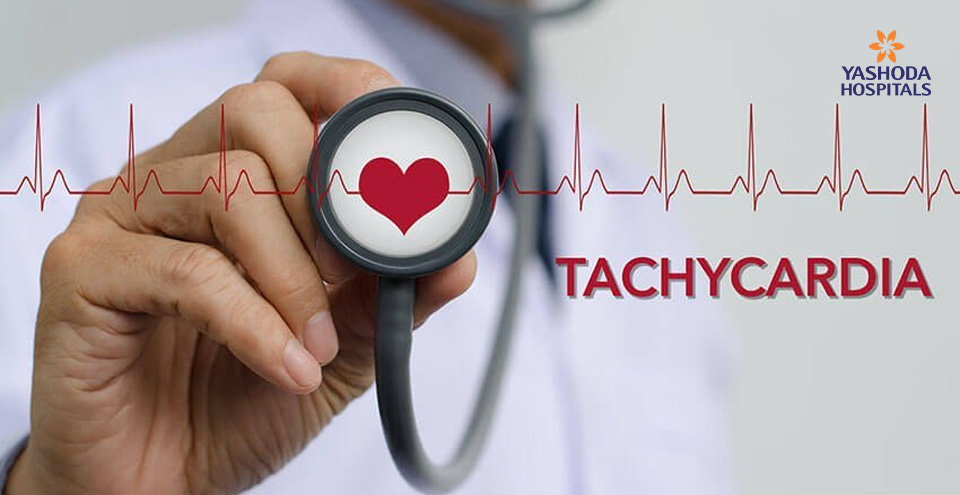
Introduction
Arrhythmia is a condition where the heart beat is irregular. Usually, the normal heart beats 50 to 100 times per minute, in case of arrhythmia the heart rate is less than 50 times or more than 100 times per minute. The underlying causes of arrhythmia are well known, history of heart diseases, electrolyte imbalance in the body, heart muscle growth, physical injuries and others.
There are different types of arrhythmia: Premature atrial contractions, Ventricular fibrillation, Premature ventricular contractions (PVCs), Paroxysmal supra-ventricular tachycardia, Accessory pathway tachycardias, AV nodal reentrant tachycardia, Ventricular tachycardia (V-tach), , Long QT syndrome, Bradyarrhythmias, Sinus node dysfunction, Atrial fibrillation and Heart block.

Symptoms
The symptoms of arrhythmia include Palpitations (skipped heart beat), severe pounding of the chest, feeling dizzy or fainting, shortness of breath with chest discomfort, and heaviness in the chest with body fatigue.
Causes
Arrhythmia occurs due to several factors. A sudden heart attack or scarring of the heart tissue from prior heart attacks may cause arrhythmia.
There may be certain heart conditions like, changes in the heart’s structure such as cardiomyopathy, blocked arteries in your heart (coronary artery disease), and high blood pressure may also lead to arrhythmia.
Patients suffering from Diabetes or overactive thyroid gland (hyperthyroidism) and underactive thyroid gland (hypothyroidism) are also prone to an arrhythmia.
Too much of smoking, and drinking of alcohol or caffeine, and Drug abuse may also lead to arrhythmia. In general, stress-filled life is greatly prone to arrhythmia.
Certain prescription medications, dietary supplements and herbal treatments may cause reactions in some individuals and lead to or cause arrhythmia.
Taking enough safeguards while working with electrical items may protect one from shock and arrhythmia. Subjecting oneself to air pollutions that leads to dust allergy and breathing problems may also lead to arrhythmia.
Risk Factors & Complications
The complications of Arrhythmias are evident as stroke and heart failure. A stroke occurs when a blood clot obstructs the blood flow to the brain.
Blood clots are formed when the heart quivers and not able to pump blood. In certain cases, medications such as blood thinners can lower the risk of stroke.
Arrhythmia may also lead to heart failure. During bradycardia or tachycardia, the rate of pumping by the heart is decreased leading to the condition of heart failure.
Test & Diagnosis
At the outset, the doctor examines the pulse of the patient, followed by other tests and diagnostic procedures. The heart monitoring tests prescribed for arrhythmia patients include,
Electrocardiogram (ECG): ECG helps to detect the electrical flow of the heart. Sensors (electrodes) that are attached to the chest record the timing and duration of each electrical phase of the heart.
The Holter Monitor also helps to record the heart’s activity. The Event Monitor, a portable ECG device also helps doctors to observe and record changes in the heart rhythm at any point of time.
Echocardiogram: A hand-held device that uses sound waves to produce images of the heart, its size, structure and motion.
When electrocardiogram and echocardiogram cannot diagnose the presence of arrhythmia condition, other avenues are sought for effective diagnosis. The stress test makes an evaluation of heart activity. The patient is made to walk on the treadmill/stationary bicycle and the heartbeat is monitored. If the patient finds it difficult to do physical exercise, doctors may resort to use of drug(s) to stimulate the heart, as similar to an exercise.
Tilt table test is prescribed for patients of arrhythmia with spells of fainting. The heart rate and blood pressure are monitored as the patient lies on a table. Also, the electrophysiological testing and mapping are considered as effective in the diagnosis of arrhythmia.

Treatment
The suggested treatment for arrhythmia is two-fold, the administration of drugs, and bringing changes in one’s life-style. The prescription drugs include anticoagulants or anti-platelet therapy. Life style changes call for limiting intake of alcohol and caffeine, protect oneself from allergy causing things (dust and smoke).




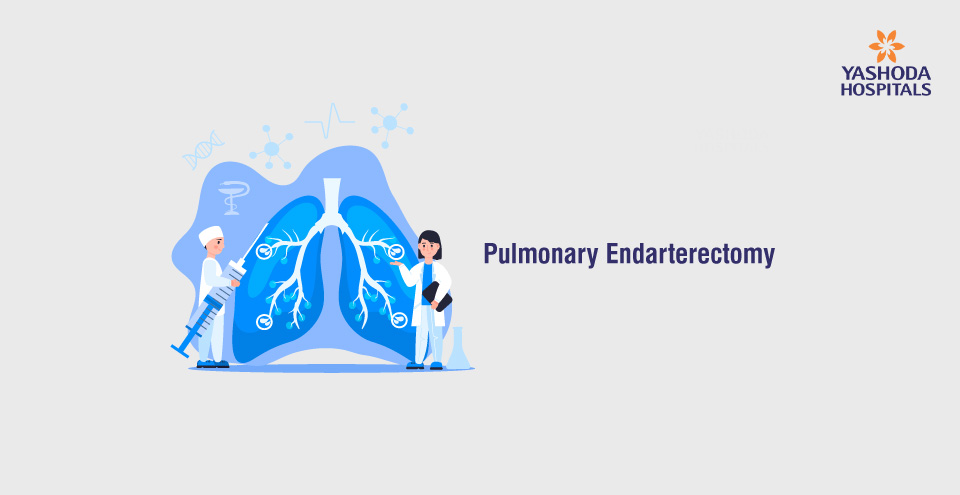
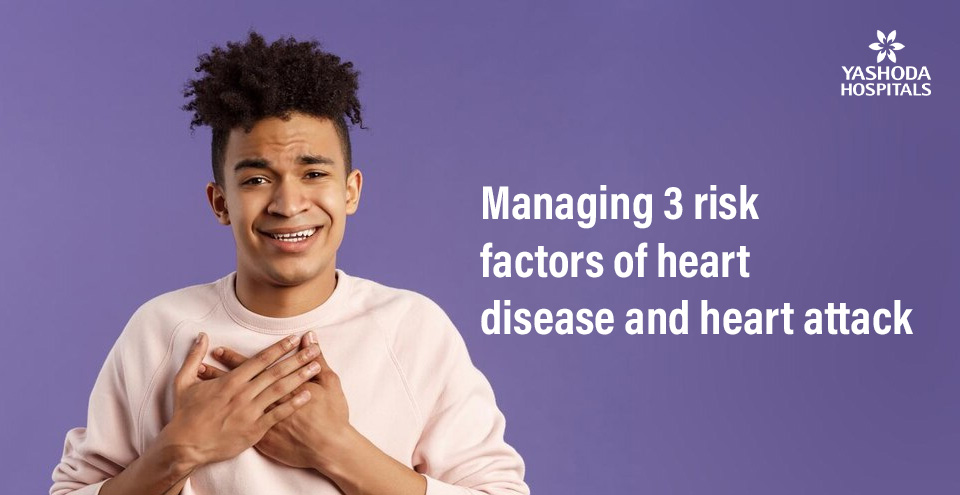
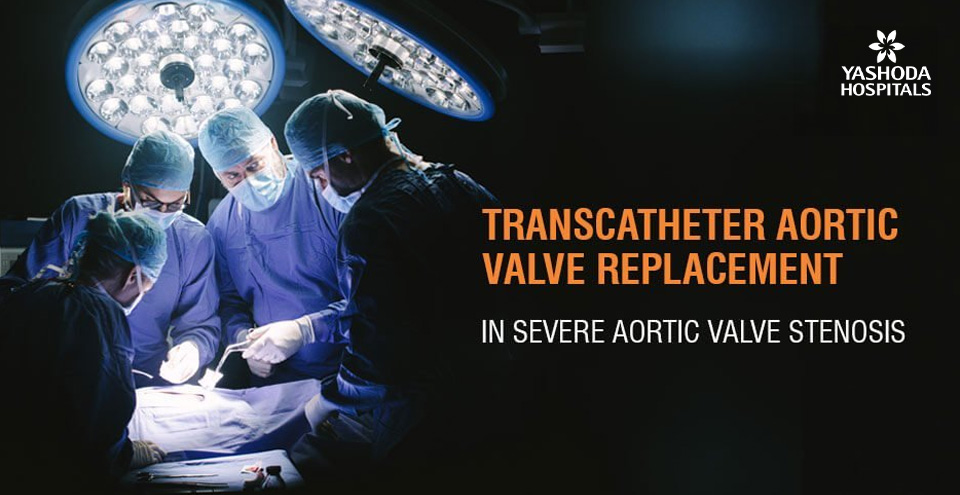
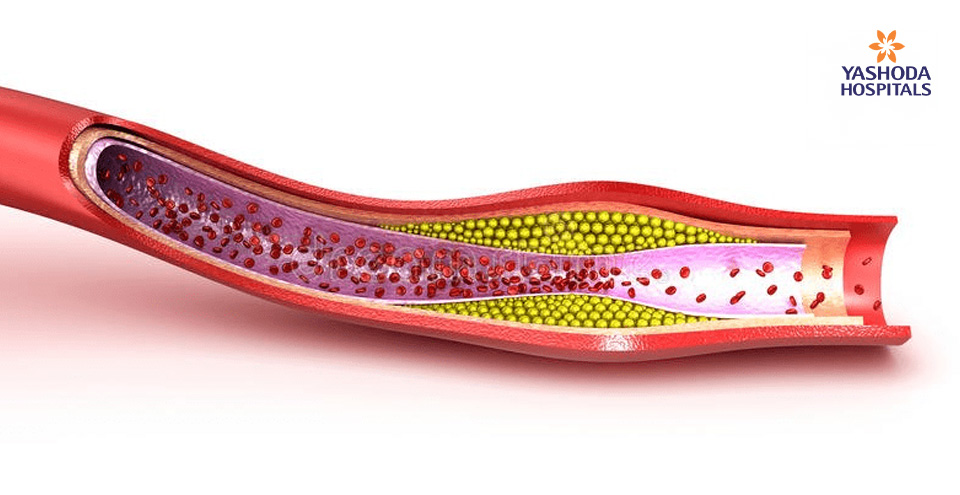

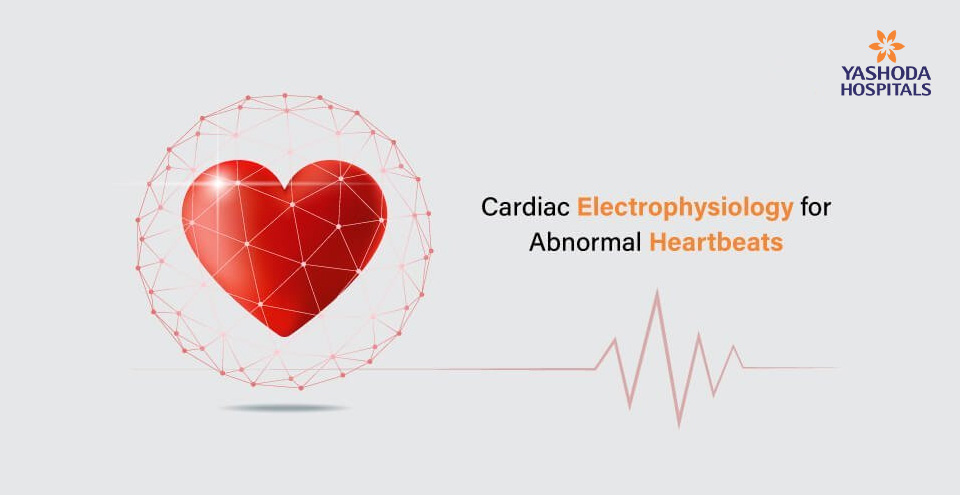
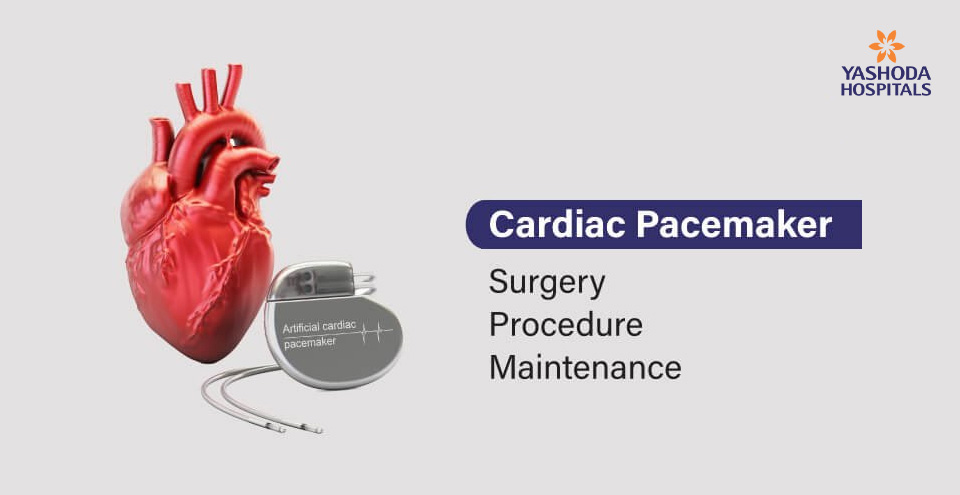
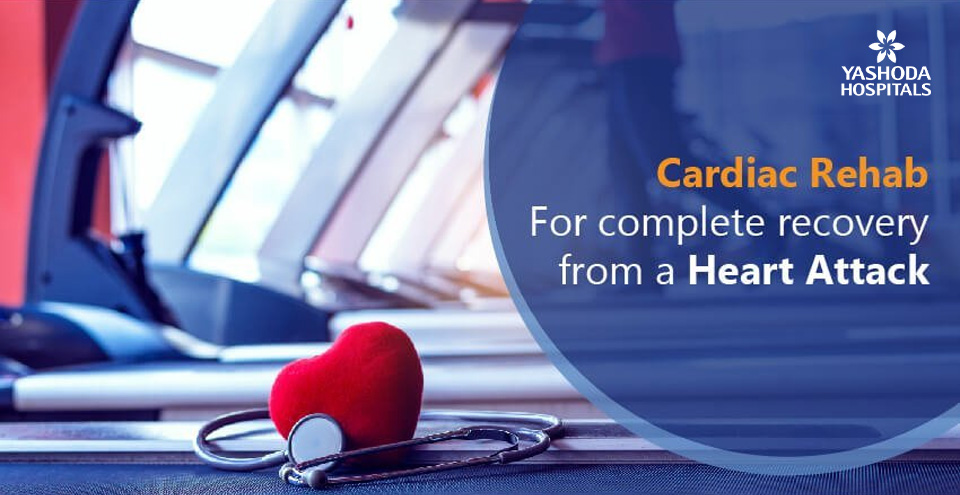
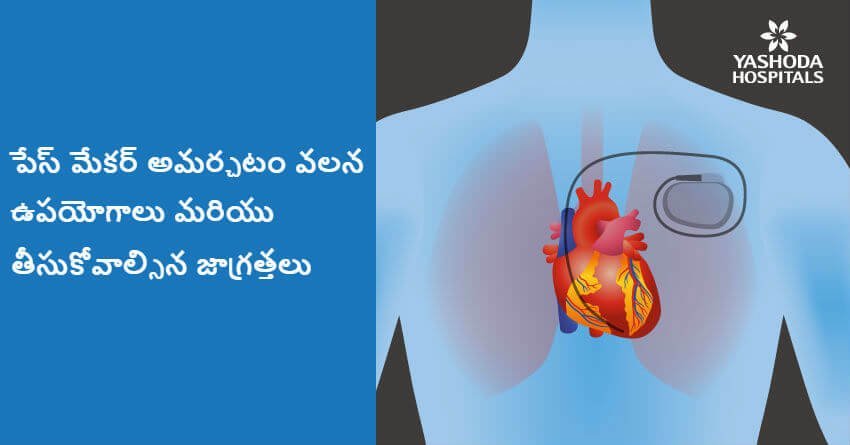
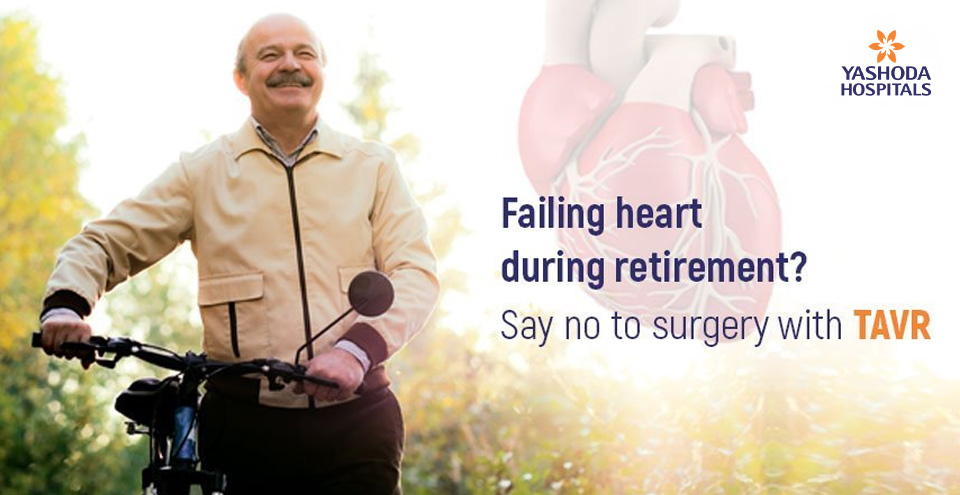

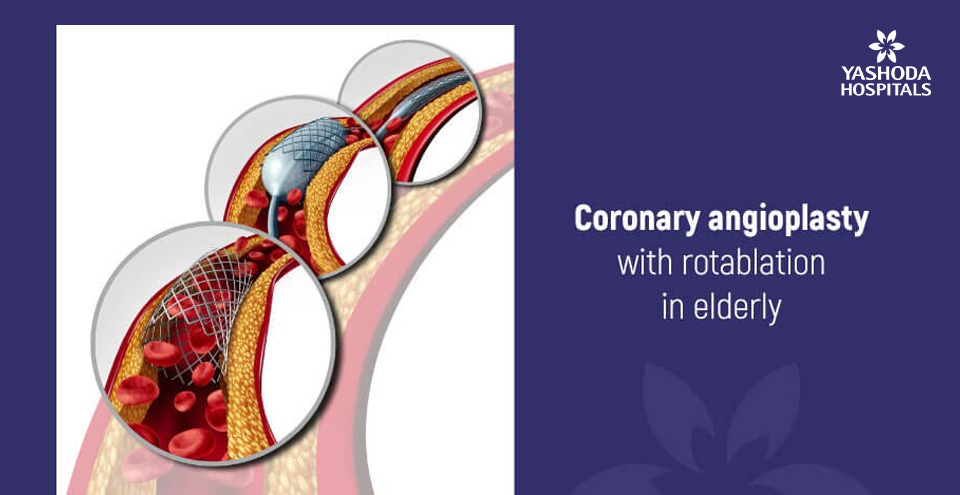





 Appointment
Appointment WhatsApp
WhatsApp Call
Call More
More